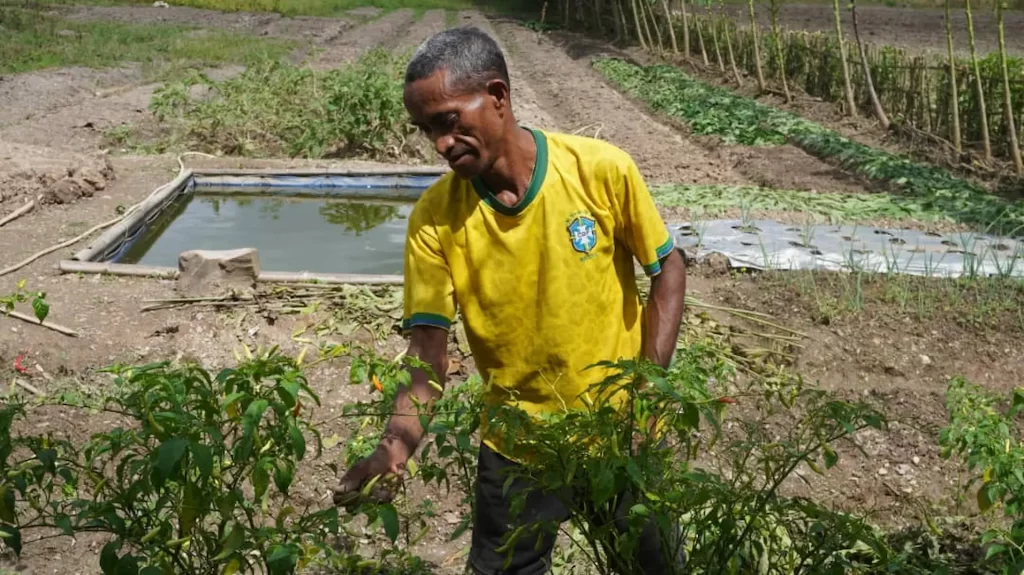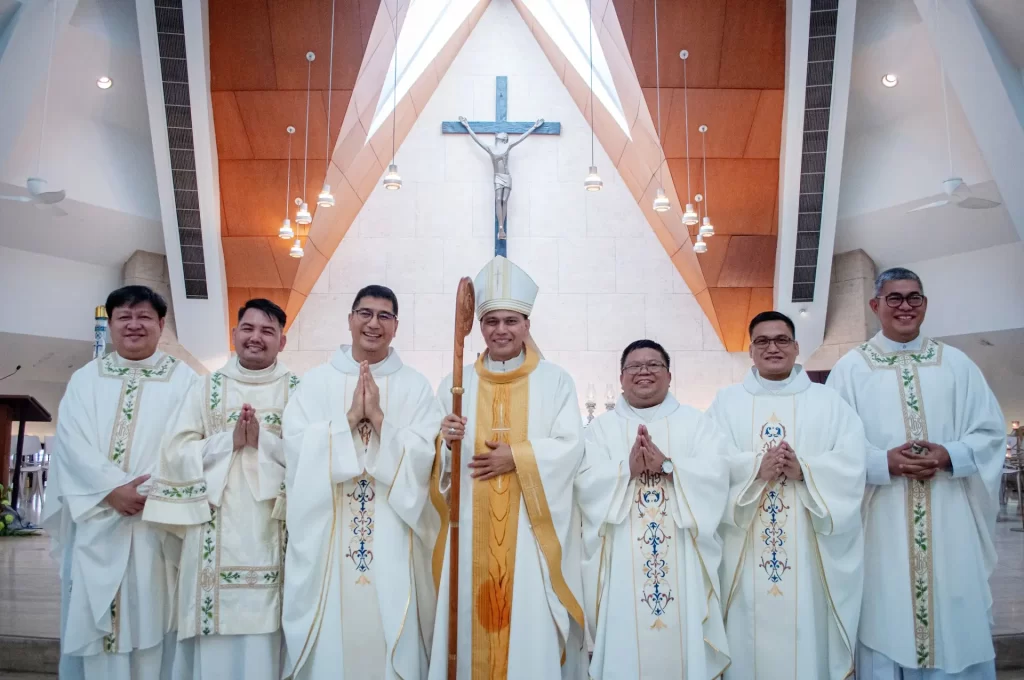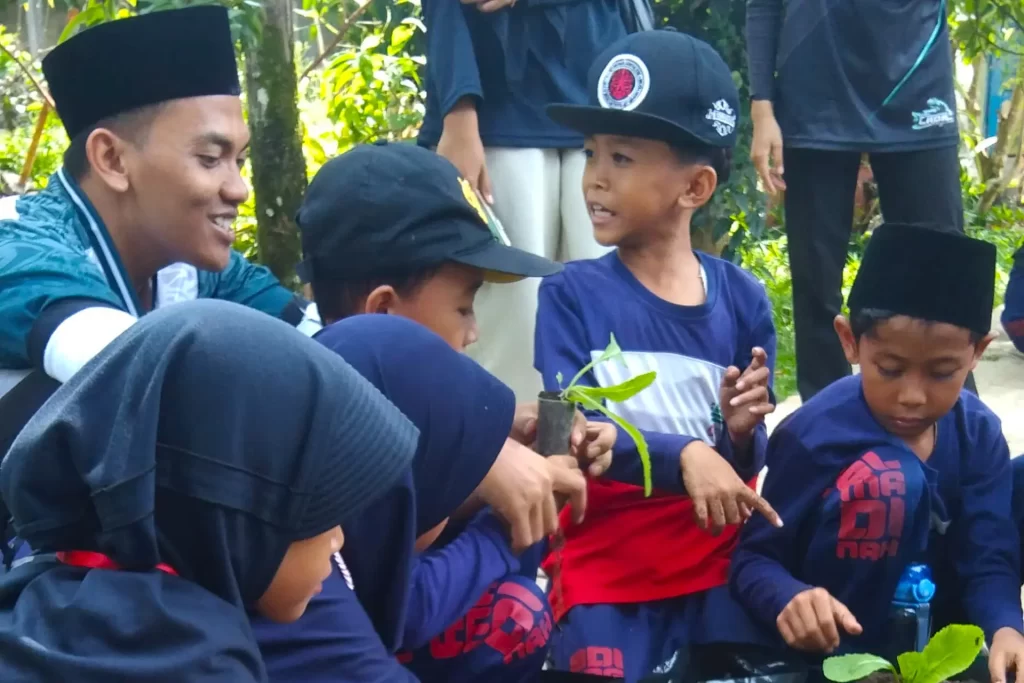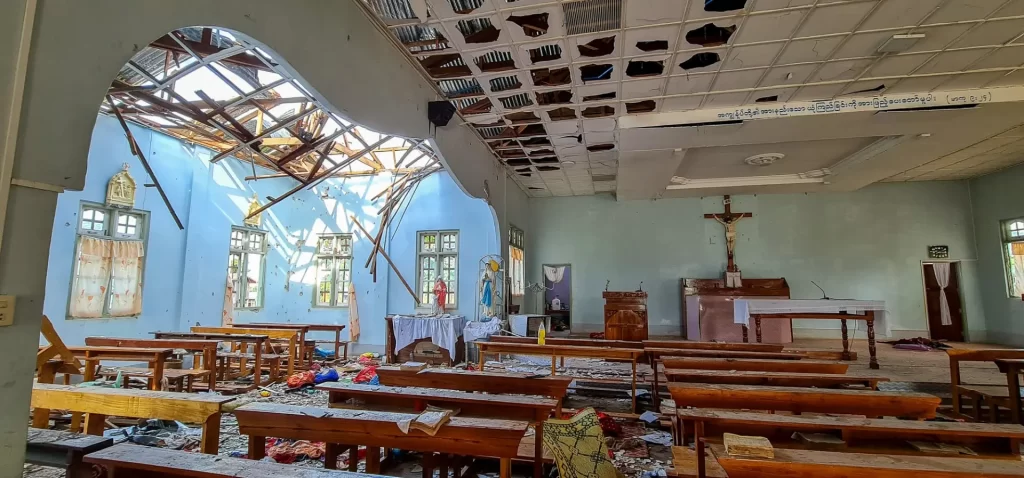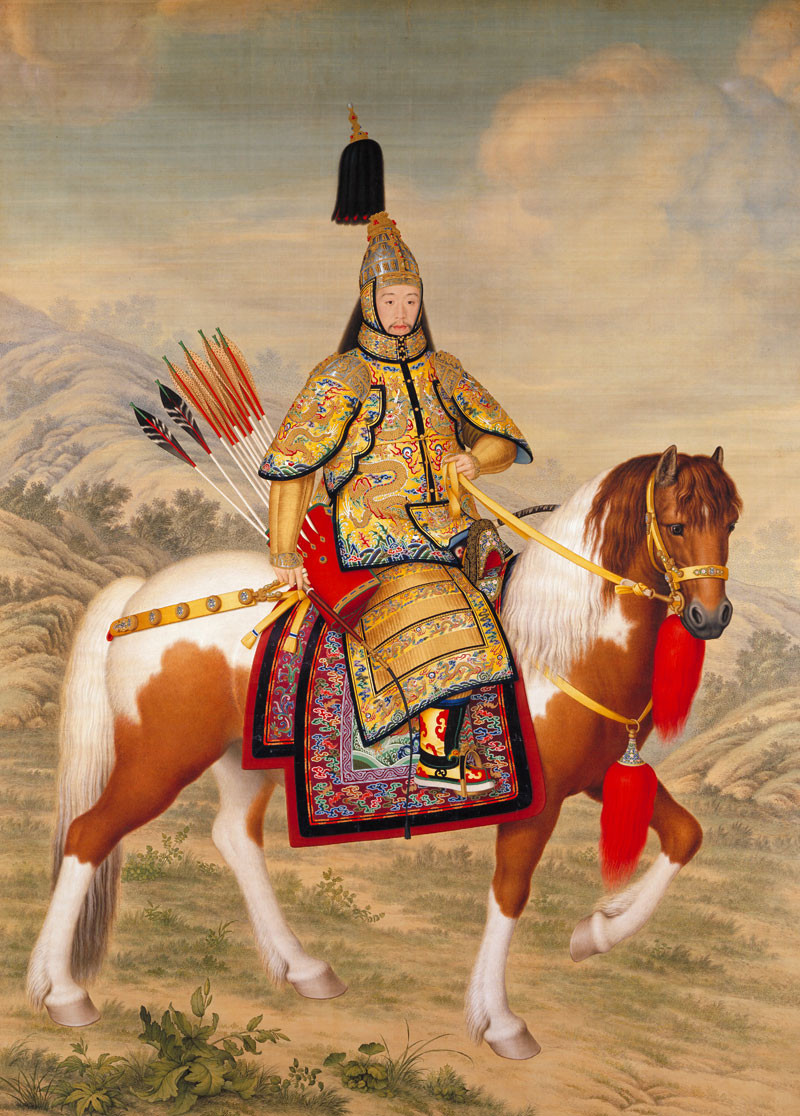
Immediately after the novitiate, Castiglione left Genoa, Italy for Portugal and then China, where he arrived in 1715. Having unique artistic skills and being able to serve three emperors of the Qing Dynasty (Kangxi, Yongzheng and Qianlong) he became an artist of reference in the history of China. He succeeded in calibrating and linking two pictorial traditions, the Chinese based on ink and rice paper, and the Western use of oil painting, chiaroscuro and perspective.
For the first time, two paintings have been shipped to Taipei from the Pio Istituto Martinez House for Elders in Genoa, along with other works kept at the French National Library in Paris, the Palace Museum in Beijing, and the Metropolitan Museum of Art in New York to complete a collection of the artist’s works. An entire section is devoted to a beautiful multimedia show on the works of the Milanese Jesuit, made by the University of Technology of Hong Kong and prints from the Taipei studio.
The museum director was joined in inaugurating the exhibit by Taiwan President Ma Ying-jeou, the deputy director of the Palace Museum in Beijing, numerous international authorities, and diplomatic and academic delegations. Attendees also included the owner of Franz Ceramic Industries (法 藍 瓷), who gave Ma Ying-jeou a ceramic based on Castiglione’s famous piece, “One Hundred Horses”.
This year has seen widespread interest in Castiglione after the success of the documentary produced by Jiangsu TV (Nanjing) and Kuangchi Program Service (Taipei), which aired in China in April and in Italy on September 30. On September 30, there was also a special screening for a few hundred privileged spectators in Milan, Castiglione’s homeland, of the documentary “Giuseppe Castiglione in China: the imperial painter, humble servant”.
There is an ongoing digital media exhibition of Castiglione’s works at the Church of the Holy Cross in Florence, Italy that deserves a visit.
The Jesuit’s humility, his artistic talents and hard work are apparent in his uniting of two artistically and culturally very distant worlds, the European and the Chinese. His legacy continues in a dialogue and an encounter which transcends all possible differences and divergent views. It is no coincidence that the emperor Qianlong entrusted the design and construction of the pavilions of the Old Summer Palace on the western outskirts of Beijing to an elderly Castiglione, even though he was only a “humble artist”.
His works now represent both a source of Chinese national pride and the finesse of the Renaissance period in Europe where Castiglione was formed as a young artist in Milan. The treasures of his art will amaze visitors to the National Palace Museum, who over the course of the next four months will be able to view them in their smallest detail and unspeakable beauty. [AsiaNews]
Read more about the exhibit here

